Cables
If the router is the heart of your network, the Ethernet cables are the blood vessels. And just like vessels in the body, if something clogs them up, trouble will follow.
A good way to check the cable to your computer is to plug the computer directly into your router or modem with a known good cable of the correct type (see below) and see if your speeds improve.
The biggest threat to successful passage of information through the cable is interference. The signal in each wire in the cable creates a magnetic field. When two wires run next to each other, this magnetic field in each induces a current in the adjacent wire. This current becomes electronic noise that overlays and degrades that wire’s original signal. The longer they run together, the greater this effect. In an Ethernet cable, where you have eight thin wires inside running next to each other, this can really cause problems.
Interference is minimized twisting together pairs of the eight signal wires in the cable. This ensures that two wires with different signals won’t sit next to each other long enough to cause problems. Each pair of cables has a different number of twists per inch to further isolate each set from the others.
Ethernet cables are sold in different categories that express how protected they are from interference and therefore how fast they can carry data safely. When data speed is increased the cable becomes much more sensitive to interference and more protection is needed. Naturally, higher category cables that offer more protection are more expensive.
Three categories are useful in most situations: CAT 5, rated at 100 Mbps; CAT 5e rated at 1000 Mbps; and CAT 6 rated at 10,000 Mpbs. CAT 5 is fine for most internet access through DSL or cable, while CAT 5e works well on connections over 100Mbps, as well as Gigabit business networks and home fiber optic connections. CAT 6 is probably overkill for most home networks, but is useful for business networks over 1 Gbps (Gigabit per second).
Even if you have the right cable, inference can enter in other ways. Many Ethernet cables are not shielded, which means they will pick up interference from any wire nearby with a strong AC current, such as power cables, extension cords, and electrical wiring in the walls. To avoid this, don’t run Ethernet cables alongside power cables and extension cords. Never bundle them together with these wires, no matter how neat it looks.
Finally, it may seem like a good idea to buy that huge roll of Ethernet cable at the home improvement store, make your own cables, and wire your whole house. But you may want to leave it to a pro or buy pre-made cables of the appropriate length. Cable terminations on higher-rated cables are very sensitive to interference if not done correctly, and if you are pulling cable through walls, you might easily run alongside a AC supply line hidden inside.
Even the best cables can wear out over time, especially if they are frequently plugged and unplugged or used in a place where they may be stepped on, run over by the wheels on a chair, or flexed a lot. A loose connection or broken wire may connect and disconnect intermittently, causing lost data and degraded performance. Whenever there is a speed or connection issue, it’s a good idea to try a different cable as an early step in troubleshooting.
Some people use powerline Ethernet systems where the signal is sent through their home’s AC power system. While these can allow you to avoid long runs of Ethernet cable, we have seen cases where a low-quality signal caused poor performance and even cases where excessive voltage burned out one adapter after another. Your mileage may vary.
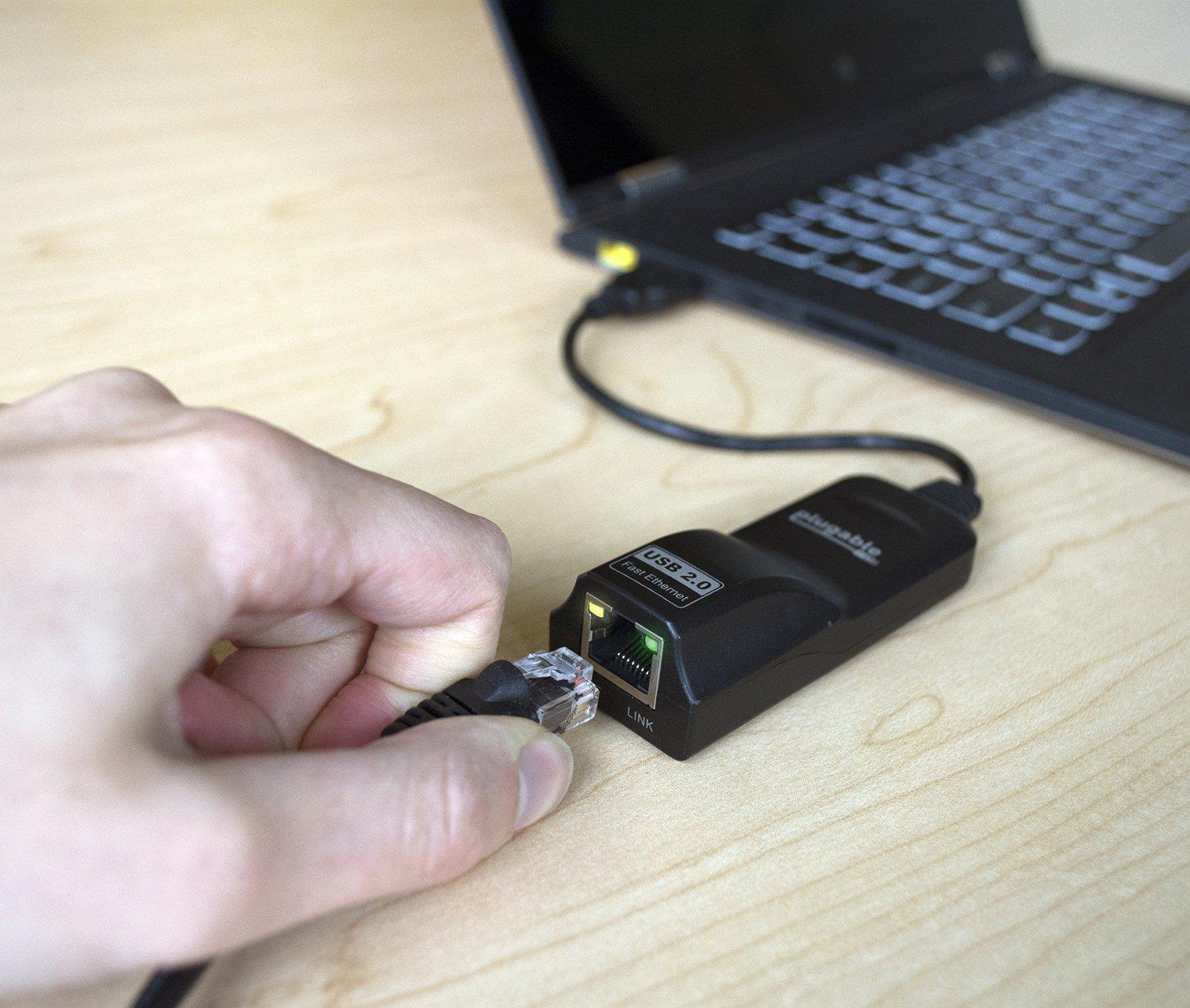
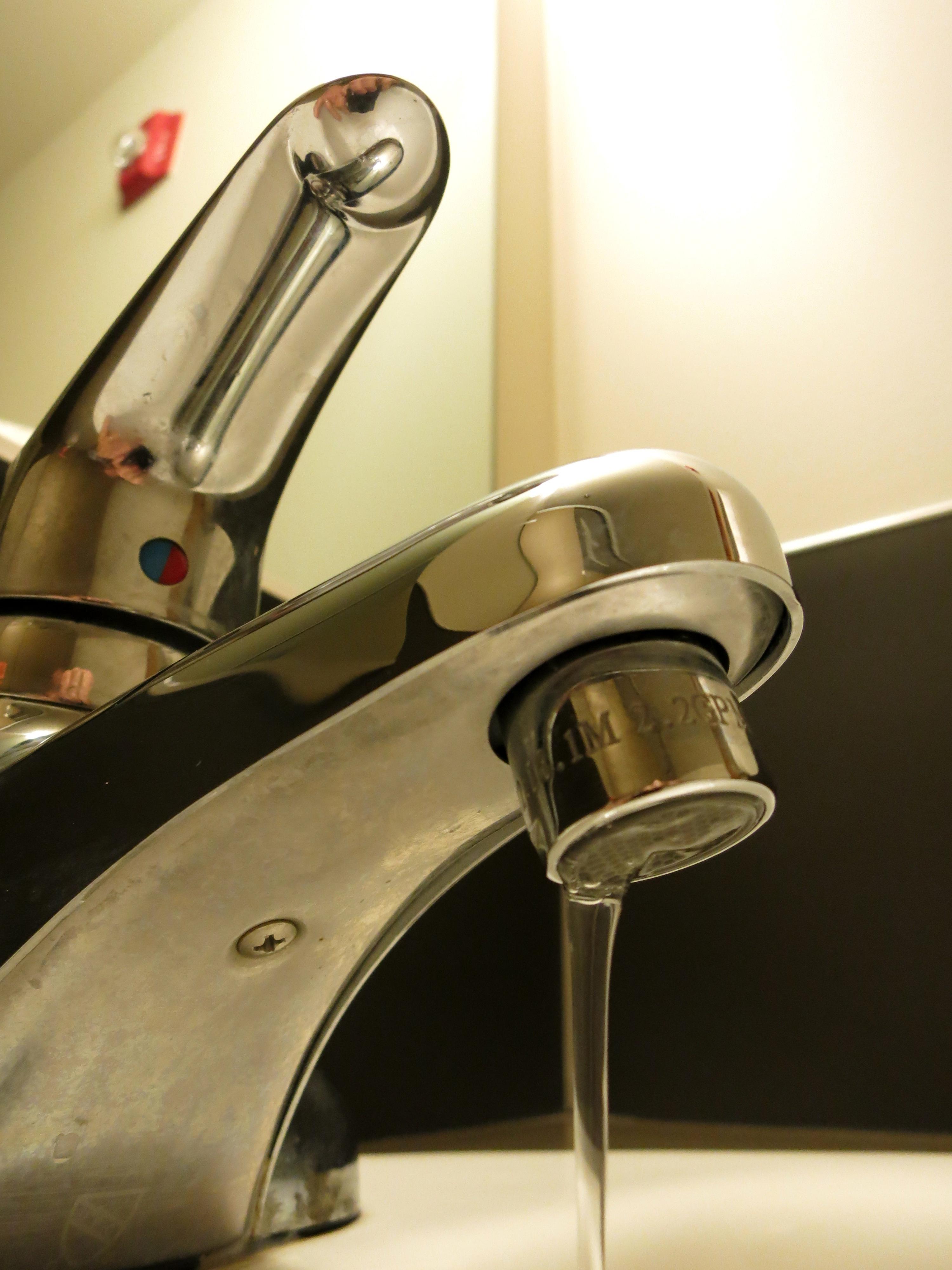
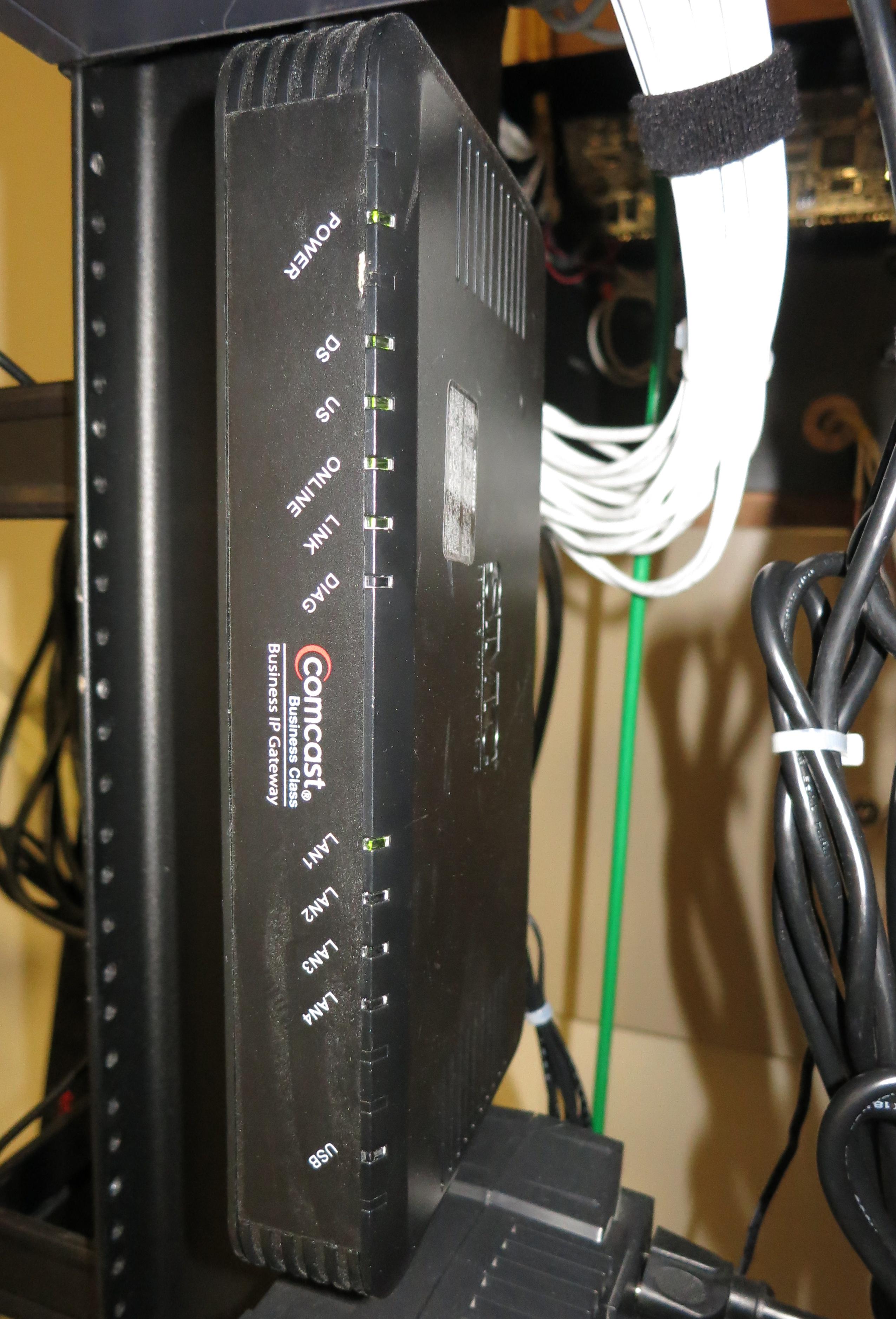
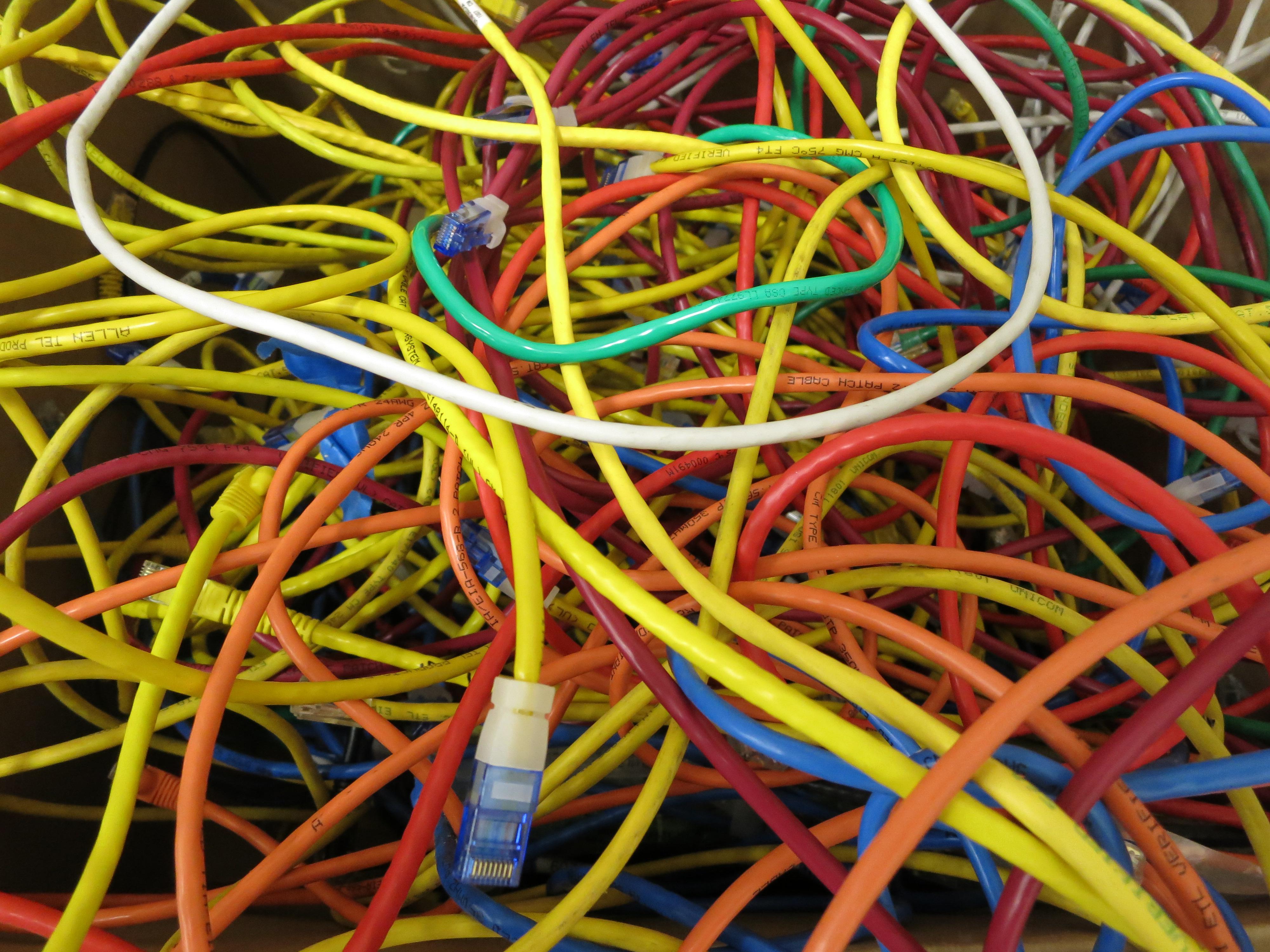


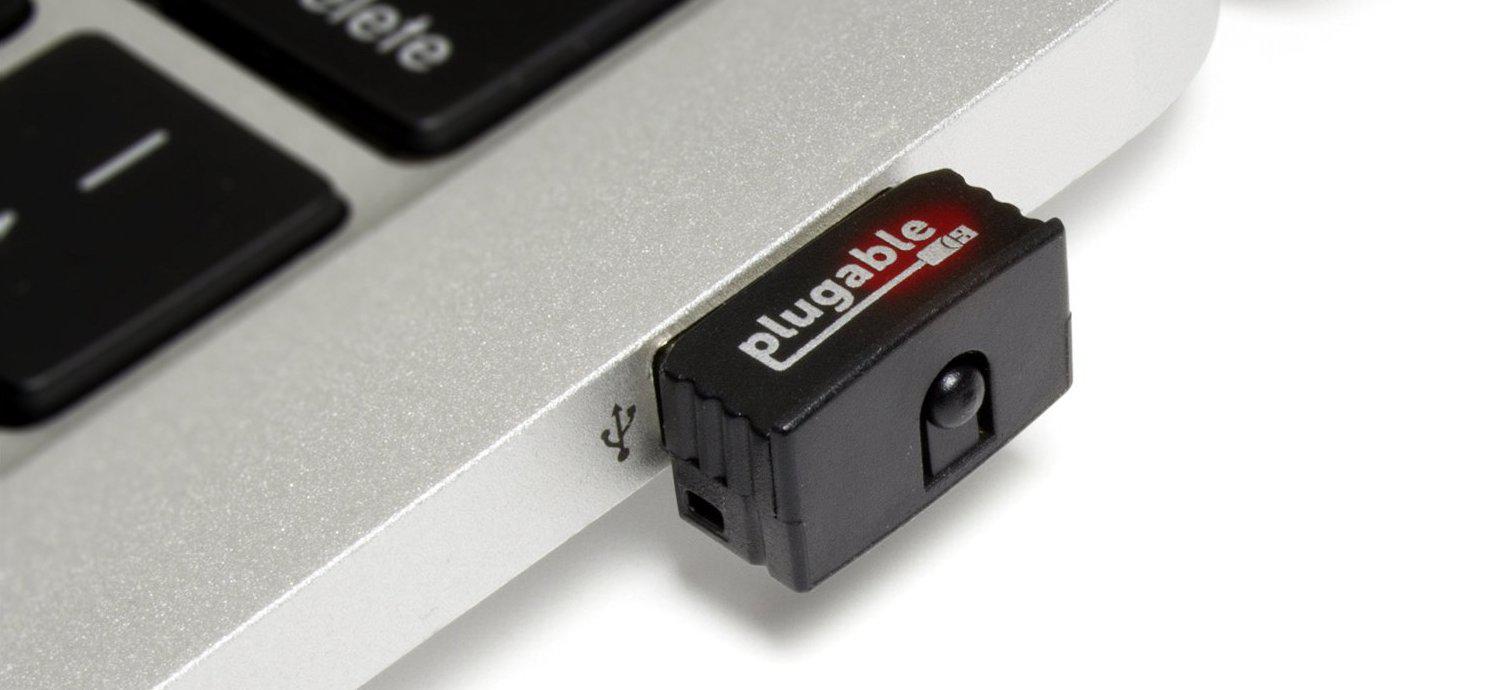


Loading Comments